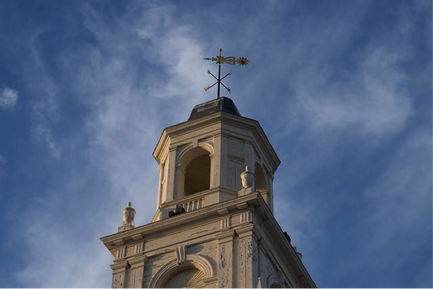
Cupolas are a beautiful, efficient way to bring light and air into a home, or even to provide a lookout. Cupolas are a unique architectural feature that can be combined with other popular roof designs to bring a new dimension to your home.
Cupolas Versus Other Architectural Elements
- Domes - Cupolas and domes are often confused for one another and their terms used interchangeably. However, in architectural terms, they are quite distinct: domes are specified as circular and having a rounded roof resembling the upper half of a sphere. In contrast, cupolas are square or octagonal in shape and have pointed or bell-shaped roofs. These elements are often used to complement each other, with cupolas gracing the tops of domes while serving as belfries or lookouts.
- Widow’s Walk - Also referred to as a “widow’s watch,” this is a rooftop platform commonly found on 19th-century coastal homes in North America. Tradition said that the wives of mariners would use these platforms to watch for their husbands’ return (often in vain). These platforms are often constructed around a cupola, with the cupola providing both shelter and access to and from the walk.
- Dormers - These small roofed structures are put into the side of a pitched roof to add usable space to a loft or attic. They generally contain a window to bring light into the attic space. If you are looking to make your loft more usable, you can also add a cupola to ventilate the loft and help keep it cooler in the summer.
- Turrets - Taken from the Italian torretta (little tower), turrets are small towers that rise vertically from the wall or roof of a building. Most commonly found on medieval castles, turrets initially served a military purpose, providing a defensive position from which you can fire upon an attacking force. Turrets were eventually adopted for decorative purposes, as seen in Queen Anne style homes from the late 19th and early 20th century. If you want to add a tower feel to your home without costly renovations, our signature series cupolas fit the bill.

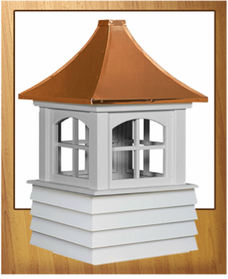
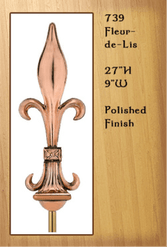
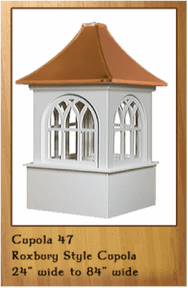

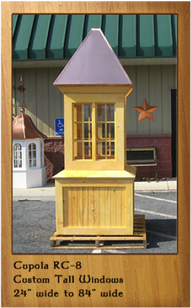



 RSS Feed
RSS Feed